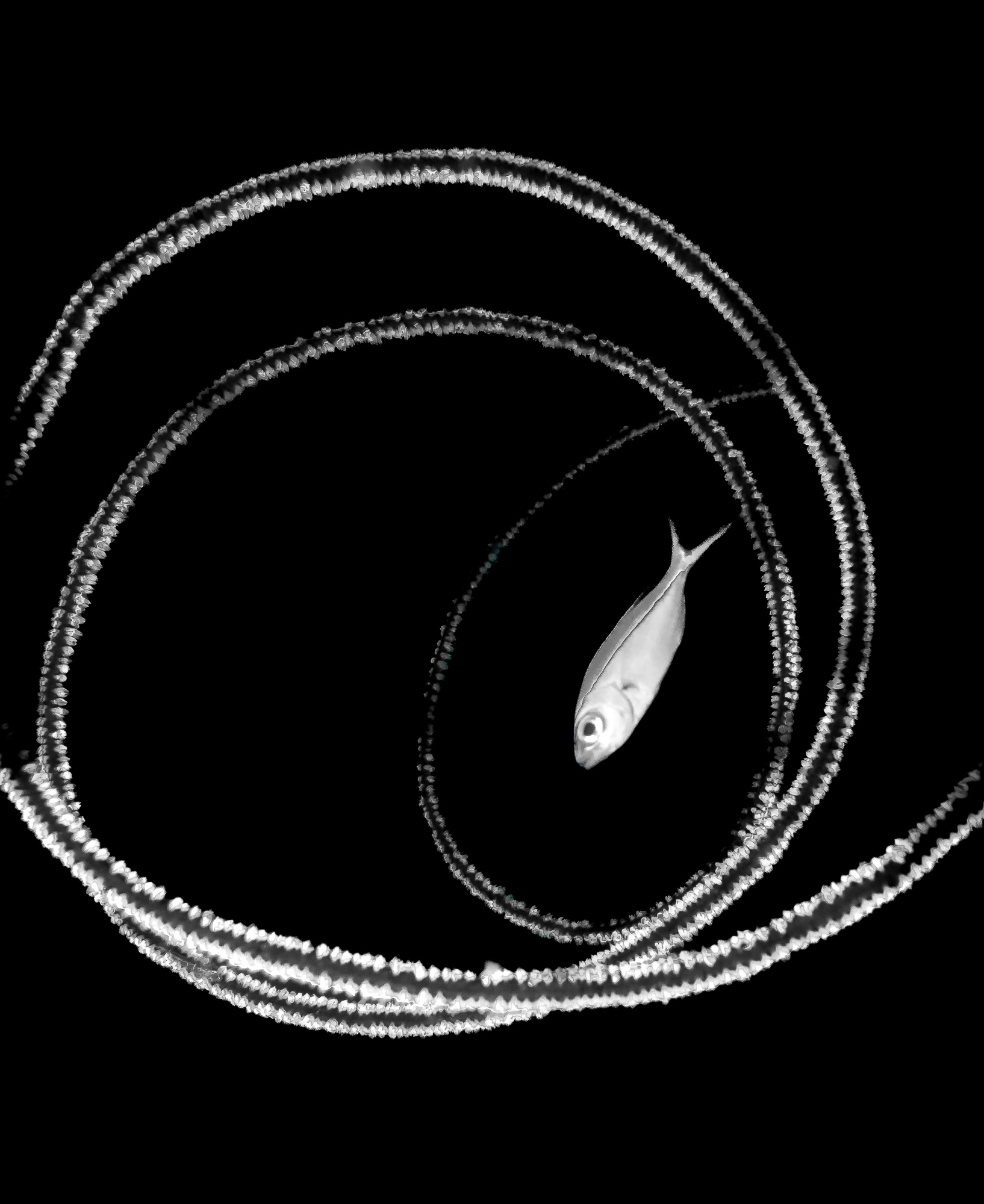Vandit Kalia, 6 March 2025
One of the most common questions budding underwater photographers have is – what camera should I get for underwater photography? Should I get a compact camera system or go for a housed interchangeable lens camera (ILC) set up?
ILC cameras do have technical advantages and a higher ceiling, in terms of quality of images that they can produce. However, that doesn’t necessarily mean they are the best choice for everyone. In this article, we will go over the pros and cons of each of these systems, in order to help you decide what works best for you.
One note – for this analysis, I am approaching it from the perspective of a typical enthusiast photographer, not someone with professional photography aspirations or someone with very specialized/unique usage requirements. So yes, there likely are a few exceptions in each of the cases below – but in my opinion, those are not relevant to the vast majority of photographers out there.
Also, when I talk about the capabilities of a compact camera system, I dont necessarily mean just a compact camera in a case – I am referring to the entire system: ie, its capabilities taking into account the ability to add add lights, wet lenses, etc.
MACRO PHOTOGRAPHY
Macro photography is, in my opinion, one of the most accessible forms of underwater photography. The reasons are manifold: to start with, virtually every dive site has some macro subject or the other that you can shoot. The subjects are stationery, so you, as a diver, can spend your time dialling in your composition (aka – “working the subject”).
And here, a good compact camera with built-in macro features (like the TG7) or with an add-on lens, can take images that are as good as an ILC… and sometimes, even better, because the smaller form factor allows you to position the camera more easily, and the greater depth of field is also more forgiving of minor mistakes in autofocus.
Here, careful composition, focusing and exposure – ie, skill – are the key factors as opposed to the technical capabilities of the camera.
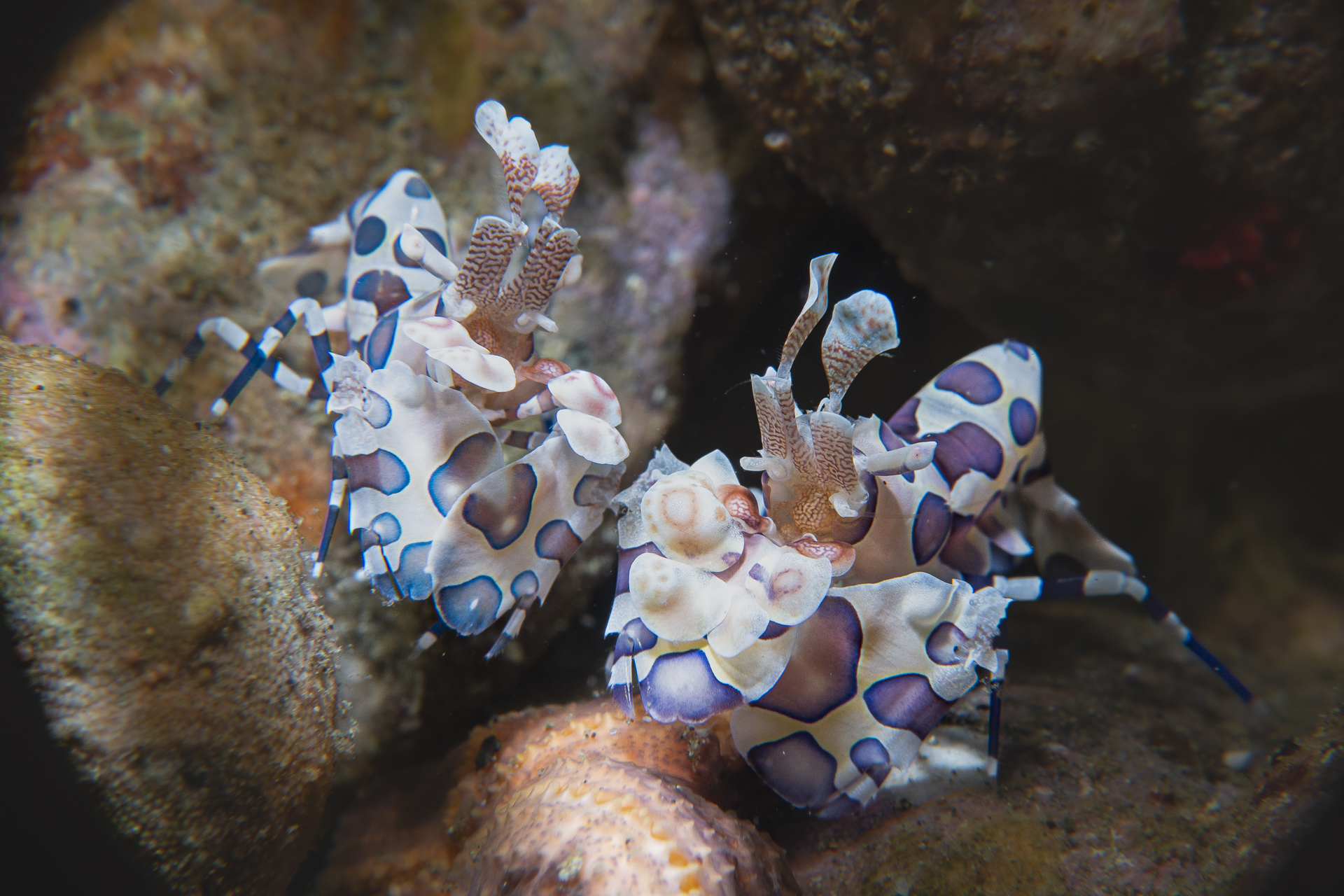
This above photography by one of India’s leading macro photographers, Joydeep Sarkar (@theflyingbaba) is a good example. Taken with a Sony RX100 series camera and a close-up diopter, the lighting is perfect, the composition is perfect…. *chef’s kiss*.
In macro photography, where the strobe is usually the main source of illumination, you are not likely to be shooting at higher ISOs, so the technical capabilities of the camera or sensor are not as important as your skill, as shown above.
MARINE ANIMAL POTRAITS
Compact camera systems are perfectly capable of taking excellent portraits of marine animals. Here are a few photos I have taken with an ILC which could also have been taken with a compact camera system.
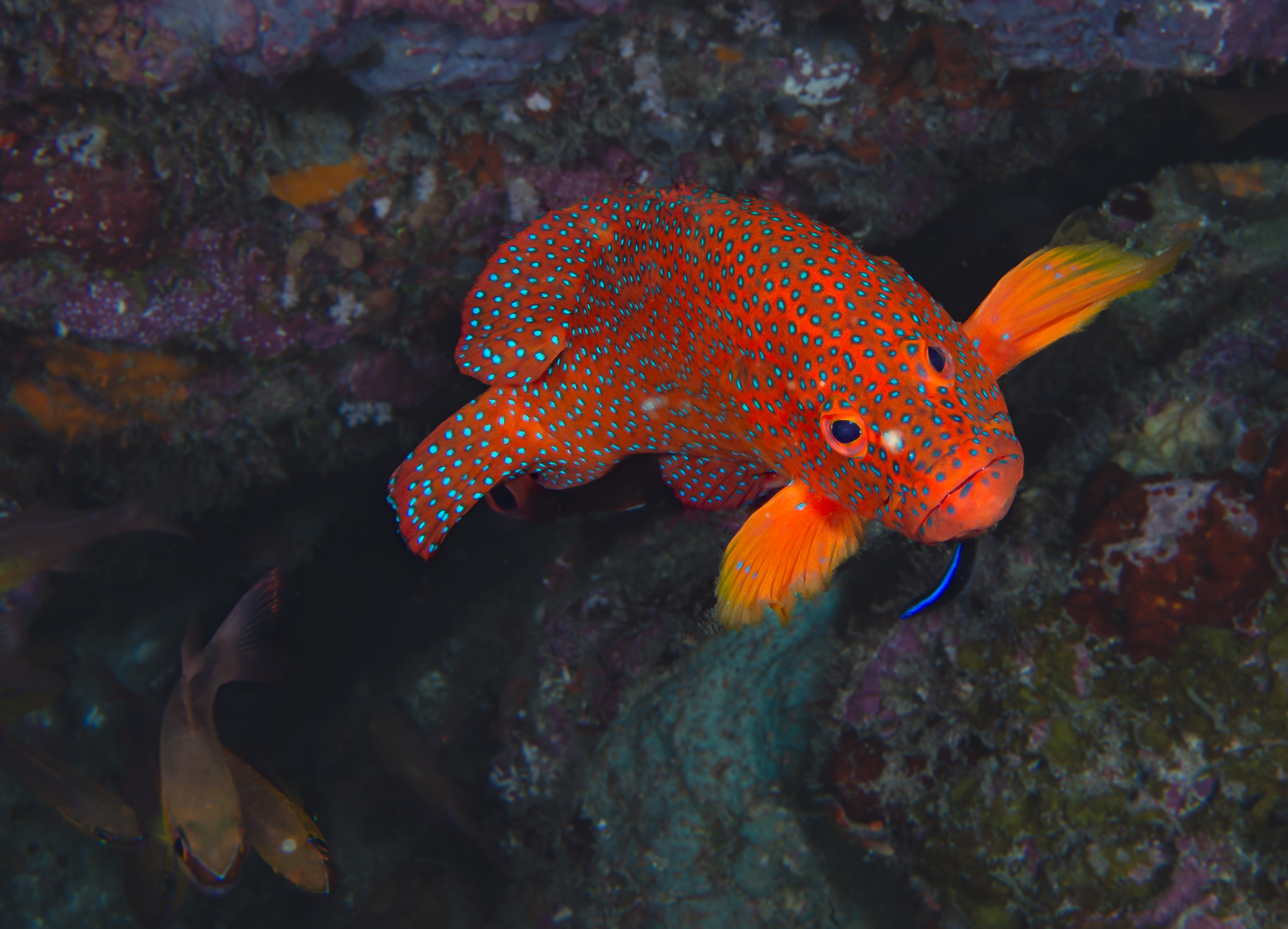
A shot like the above can be taken with a stock compact camera in a housing with a strobe. The challenge will be in learning to maximise the camera’s autofocus capabilities, so that you can capture the decisive moment.
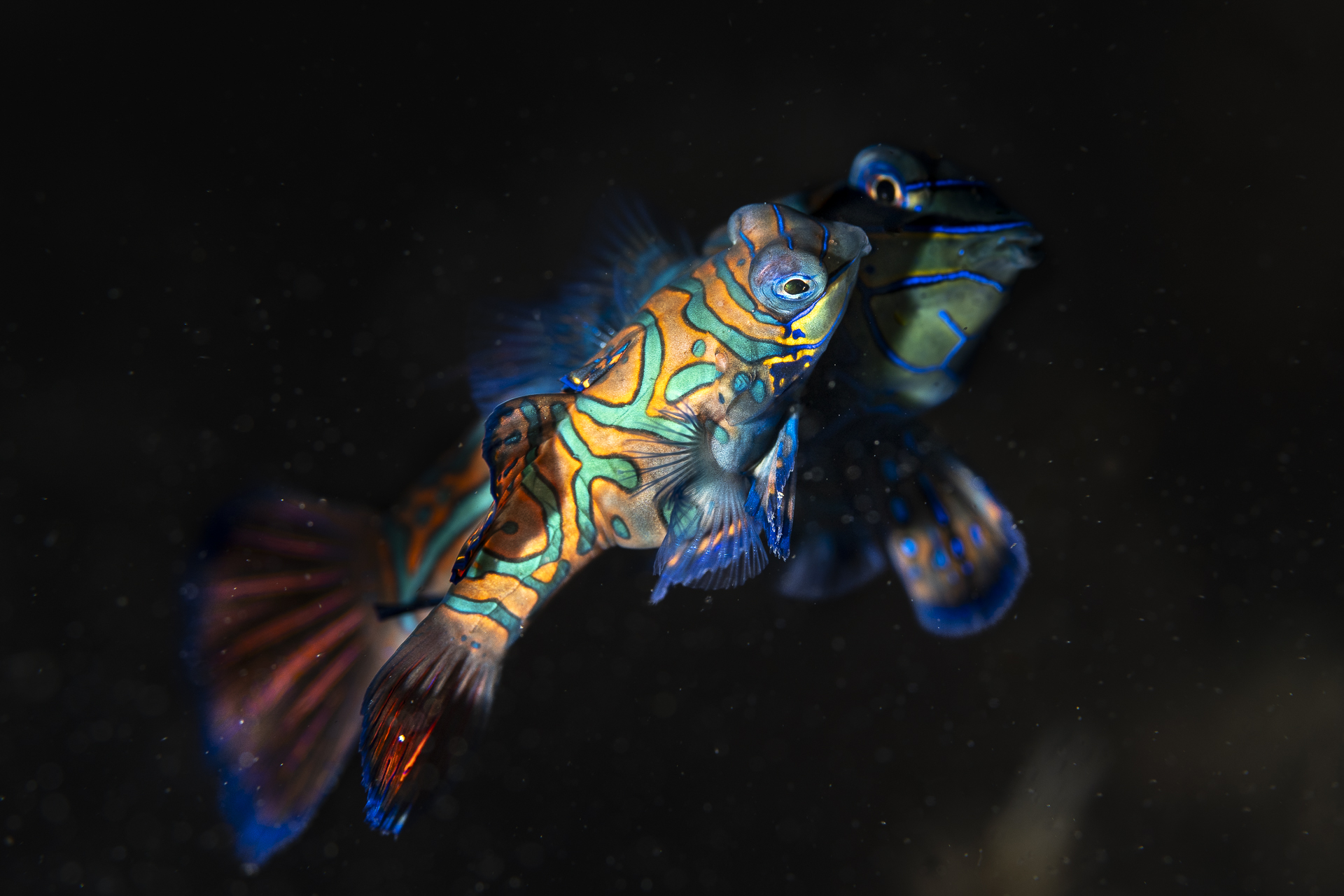
Even a shot like this can be taken with a compact camera (and was, also by Joydeep Sarkar @theflyingbaba) – in fact, it is better than my shot of mandarin fish, taken with a DSLR. An ILC will probably be faster at autofocusing on the fish – but a compact camera will be easier to manoeuvre around and get on the subject in the first place. In the end, success at taking these shots comes from the photographer’s skill at using his/her tools.
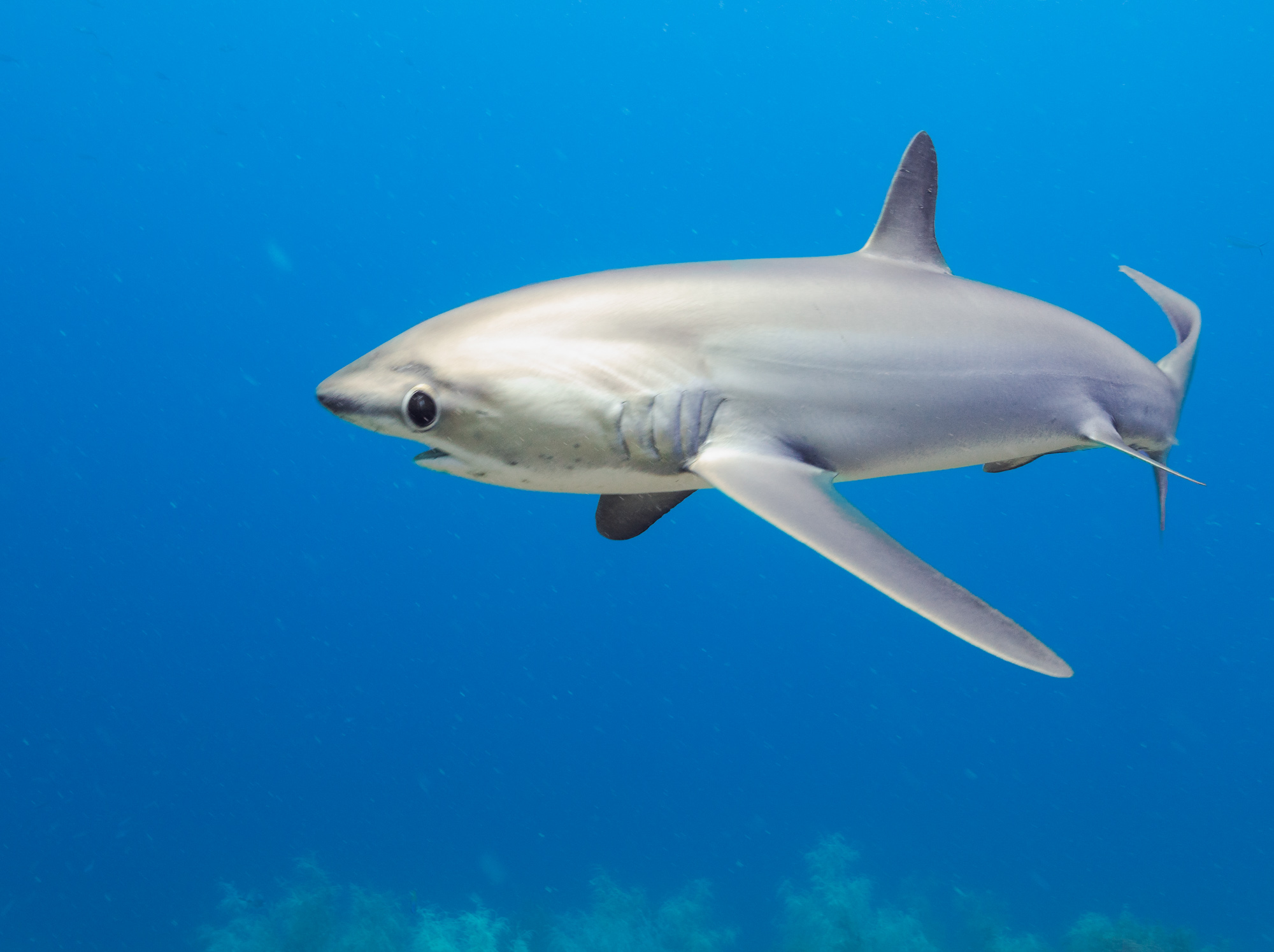
The thresher in this photo was a couple of meters away and in relatively low light, and strobes were not allowed on the dive. You can take a similar shot with a compact camera, yes – but it will not be as sharp/contrasty, because of the limitations of the smaller sensor. But it may be good enough for social media use.
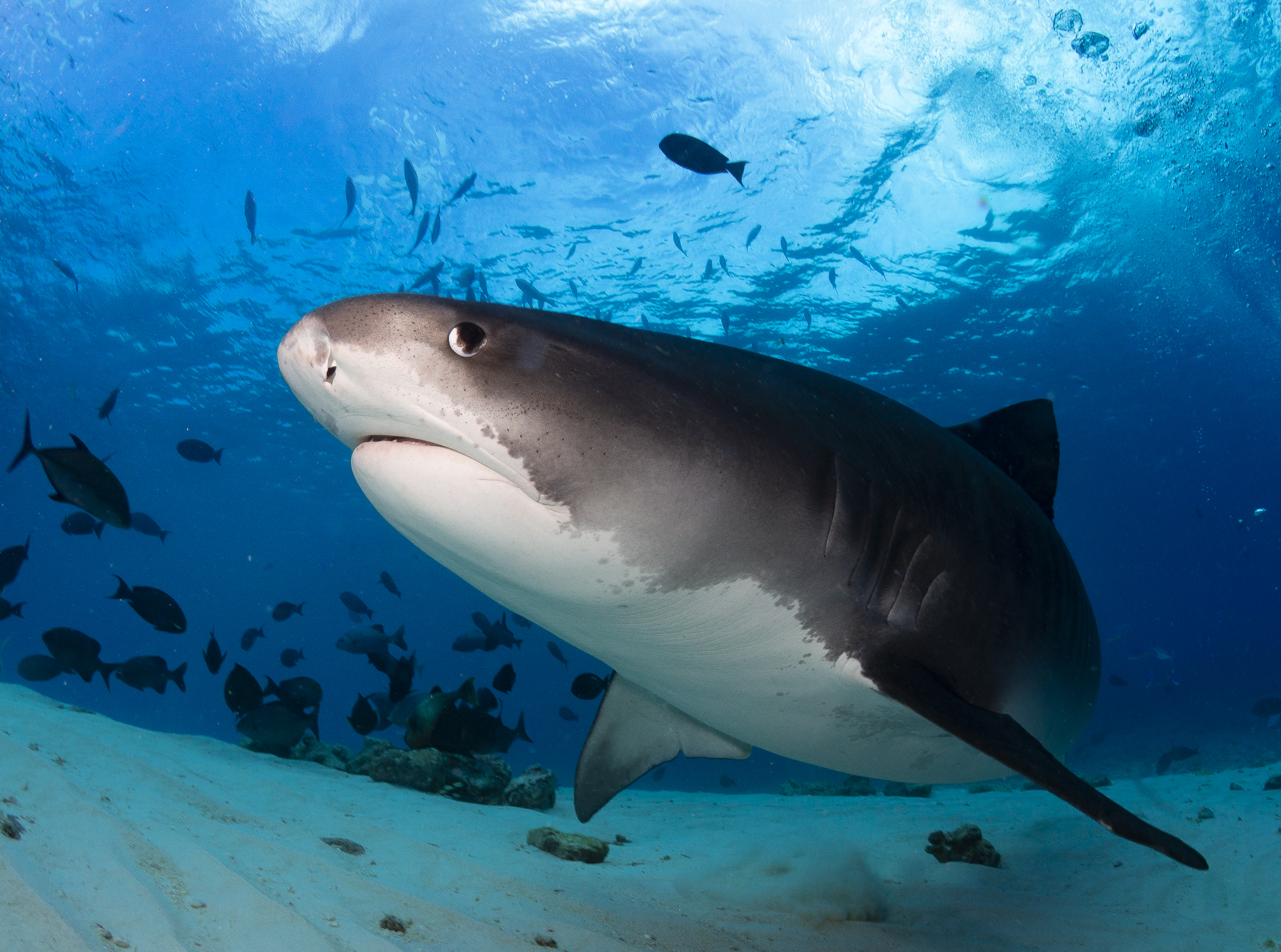
And this photo is pushing the limits of what a compact camera can match: a 10 foot tiger shark, one foot away from the camera, required a full fisheye lens on an ILC. You can come close to this by adding a $1000 wide angle wet lens to your compact camera and 2 strobes, but you’ll still need to a be a little further back and so lose a little of the immediacy and eye-catching perspective of the ultra-close fisheye lens.
So in summary – compact camera systems can take most of the shots that an ILC system can, but are limited in the more extreme cases (really big stuff or natural light shots)
WIDE ANGLE
Wide angle photography is really where larger cameras shine.
To start with, the ability to shoot with ultra wide-angle lenses, like a fisheye, allow for dramatic perspectives that a compact camera simply cannot match.
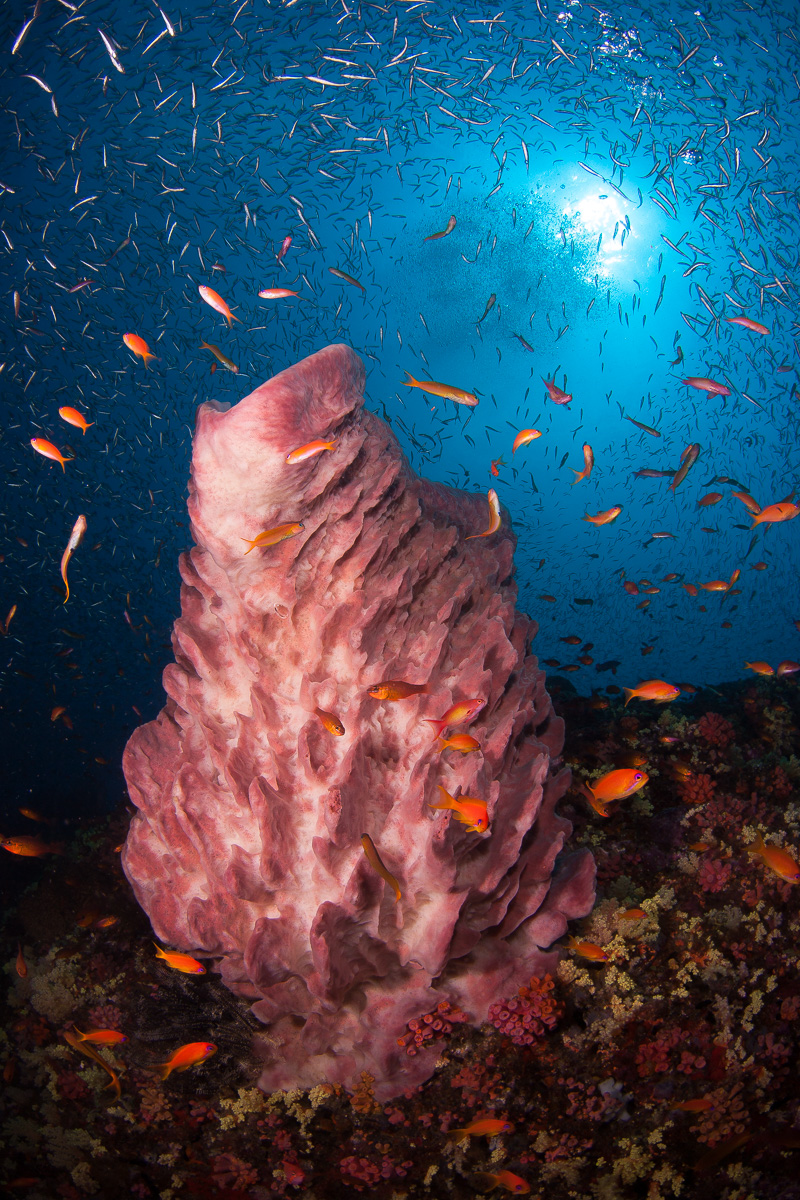
Shooting the above image with a compact camera would have required me to go back a few feet, which would have completely diminished the impact of the barrel sponge.
Another area where ILCs shine is their ability to handle difficult lighting – for example, in shots like this:
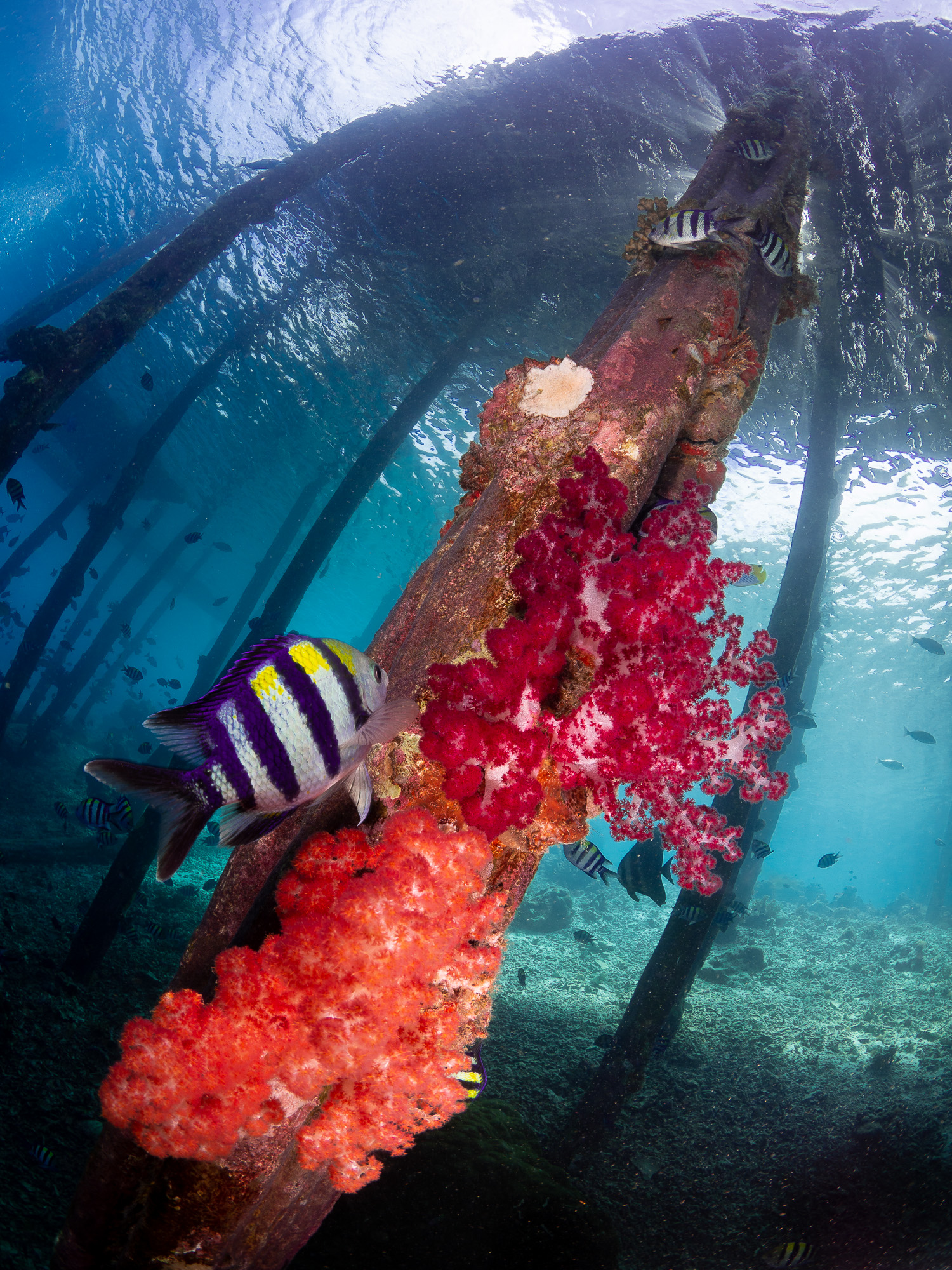
The bright sunlight at the top of the frame would have overpowered the sensor of a compact camera. And of course, I would also not be able to be as close to the coral and sergeant major with a compact camera, even with a wide angle wet lens.
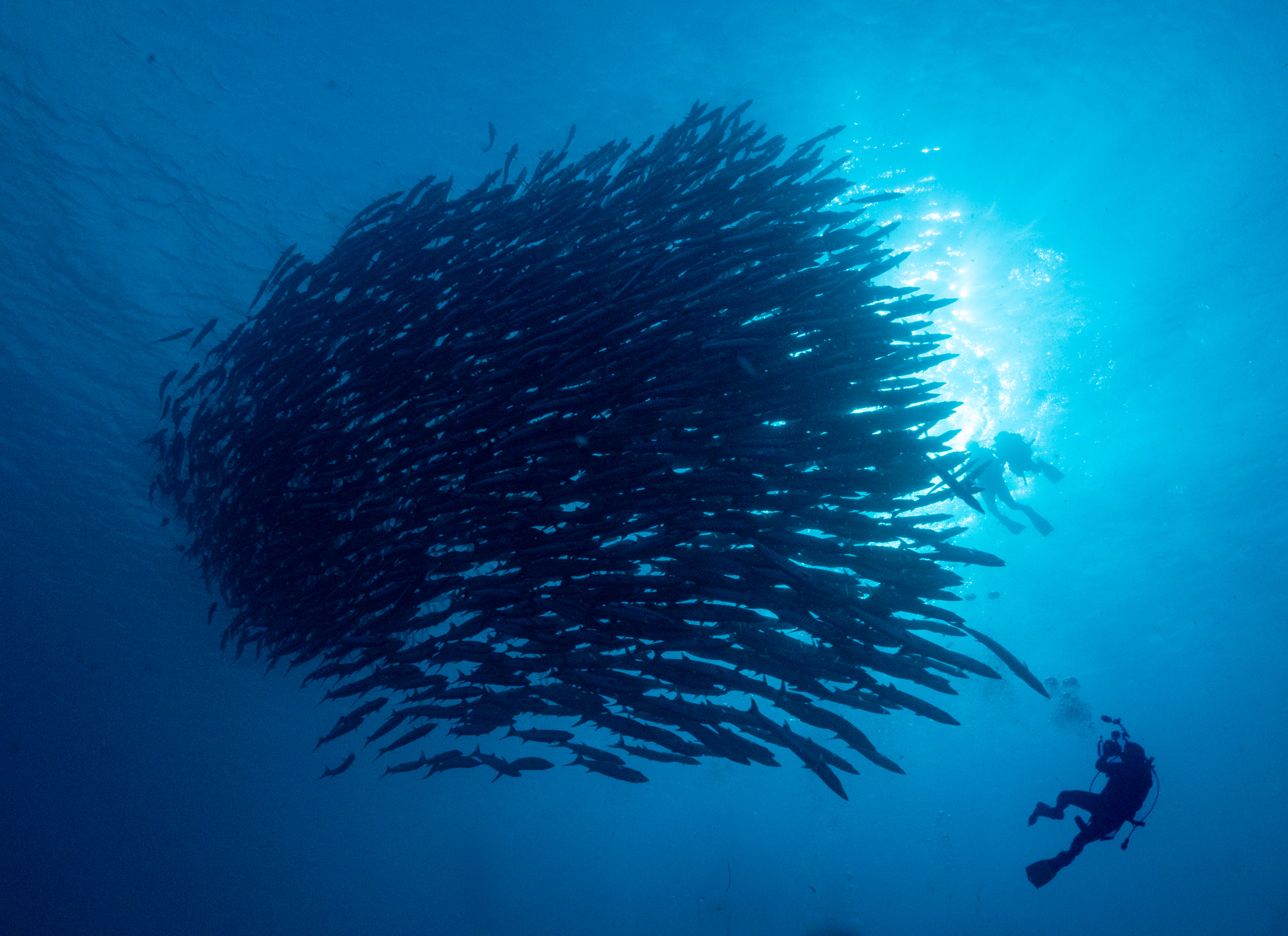
Here is another example that a compact camera wouldn’t have been able to handle as well – the smaller sensor would not have been able to handle the extreme contrast of the scene nearly as well.
That being said, you still can take decent wide angle images with a compact camera. For example, this manta was photographed with a TG5 in Bali a few years ago:
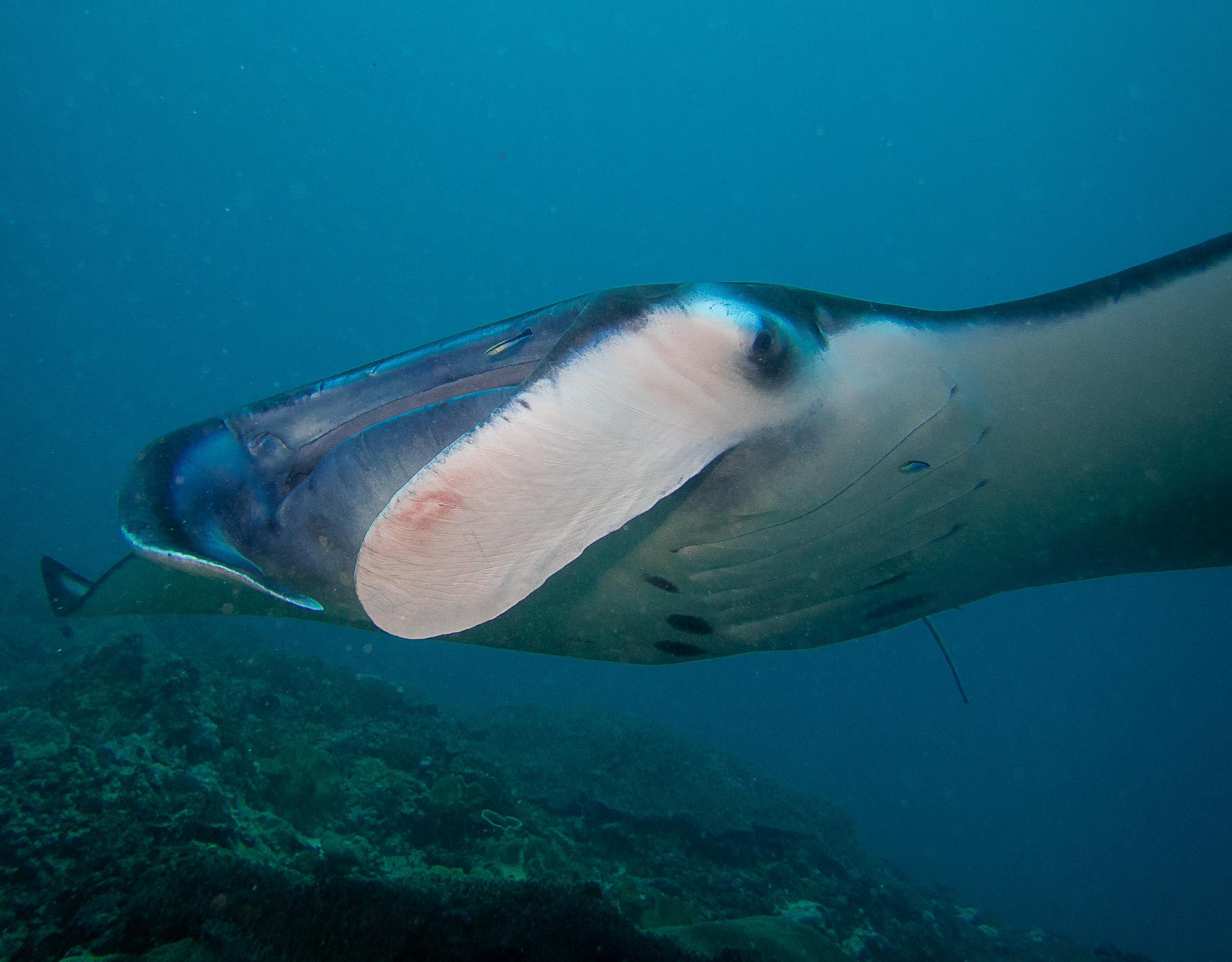
And by comparison, here is a different shot of a manta in Komodo, taken from about the same distance with an ILC system costing about 5-6x as much:
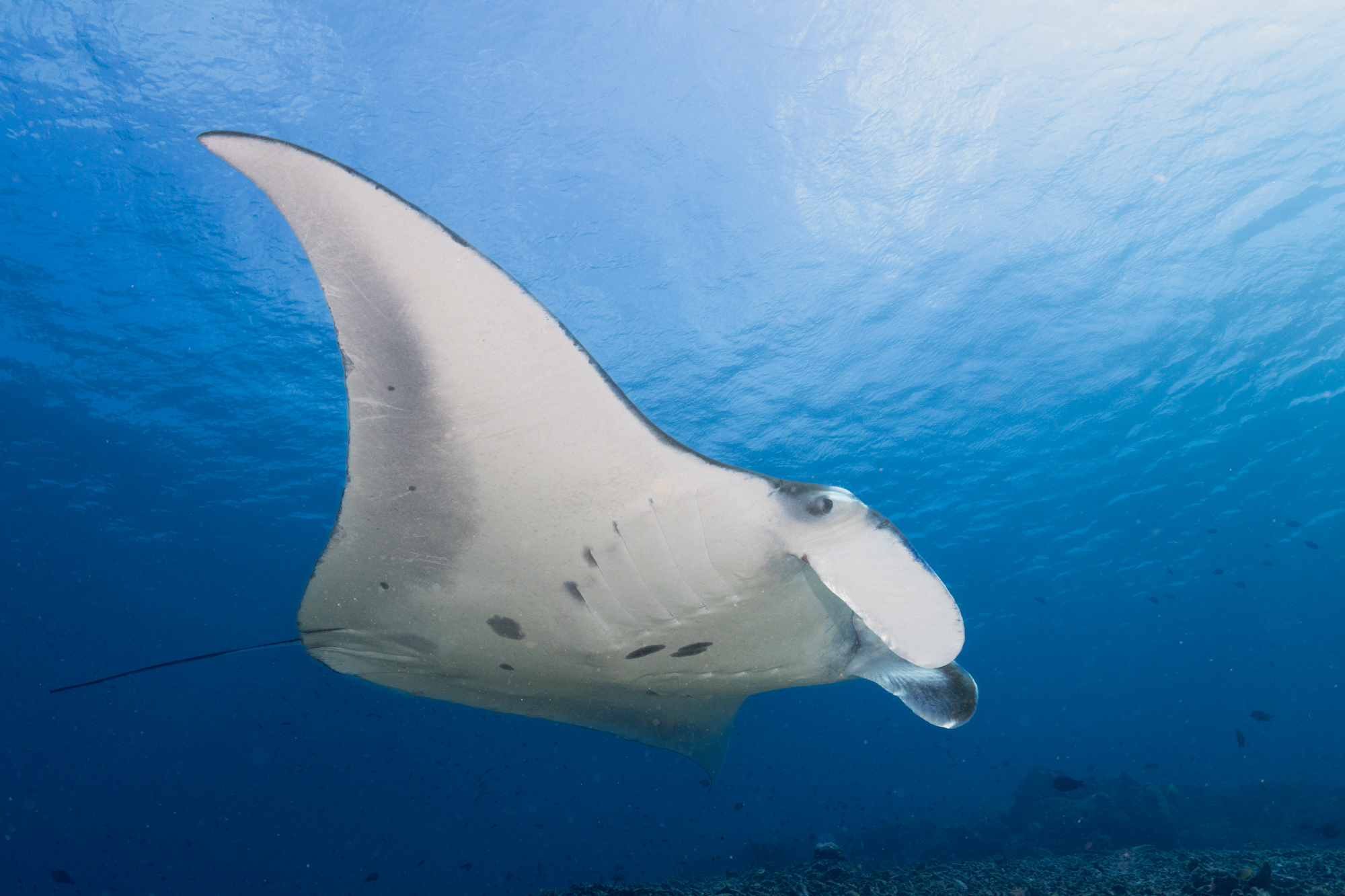
It’s not just about the image quality (sharpness, dynamic range and contrast) of the ILC – the faster and easier to control autofocus also plays a big role in providing better images.
So in summary, for wide angle, an ILC system will let you get better shots in about 10-15% more photo ops, as compared to a compact camera – but those photo ops are also generally the ones lending themselves to more impactful photography.
CREATIVITY IN IMAGE MAKING
I don’t really consider taking simple potraits of sharks, etc to be creative photography (and yes, I know I have a lot of such shots in my portfolio) – it is the cool subject that does all the heavy lifting in such images. I have a simple rule of thumb when it comes to these things: replace the cool subject with something more prosaic, and is it still as impressive? And often, especially with big fish photos, the answer is “no”.
And that’s where the photographer’s eye comes in – there are near-infinite opportunities to take amazing photos, if your eye can but “see” those opportunities. What you do need to know is understand the limitations of your system and shoot within those limits. So for example, if you have a compact camera system, maybe you don’t go chasing ultrawideangle photos ops but focus your creativity elsewhere – on shots like this, for example:
My point is that just because your compact camera system can shoot only 85% of the photo ops that an ILC can doesn’t mean you are restricted to not being able to take good photographs. Within those 85%, there is the potential to take some amazingly unique shots, limited just by your technical skills and creative ability.
A vast majority of photographers don’t come anywhere close to the limits of their photographic tools – and that holds true underwater as well. Focus on your creativity – in no other genre of photography do you have as many opportunities to do so.
SYSTEM VERSATILITY & THE PHOTOGRAPHIC PROCESS
There are a couple of things to consider here.
To start with, one area where ILCs and compact systems differ hugely is in versatility. Compact camera systems have a generalist zoom to which you can add closeup and wide angle adapters, and shoot all genres of subjects on a given dive.
With an ILC, you have to pick the type of lens you are going to shoot with: wide angle or macro. And you are then limited to just that type of subject. For example, I’ve had a massive whale shark swim by on a dive in Layang Layang when I had my macro lens on. Lot of swearing, no image making. But this is not necessarily a bad thing – for me atleast, going into a dive with a specific sort of subject in mind helps me focus on “seeing” those shots, and actually lets me get better photos.
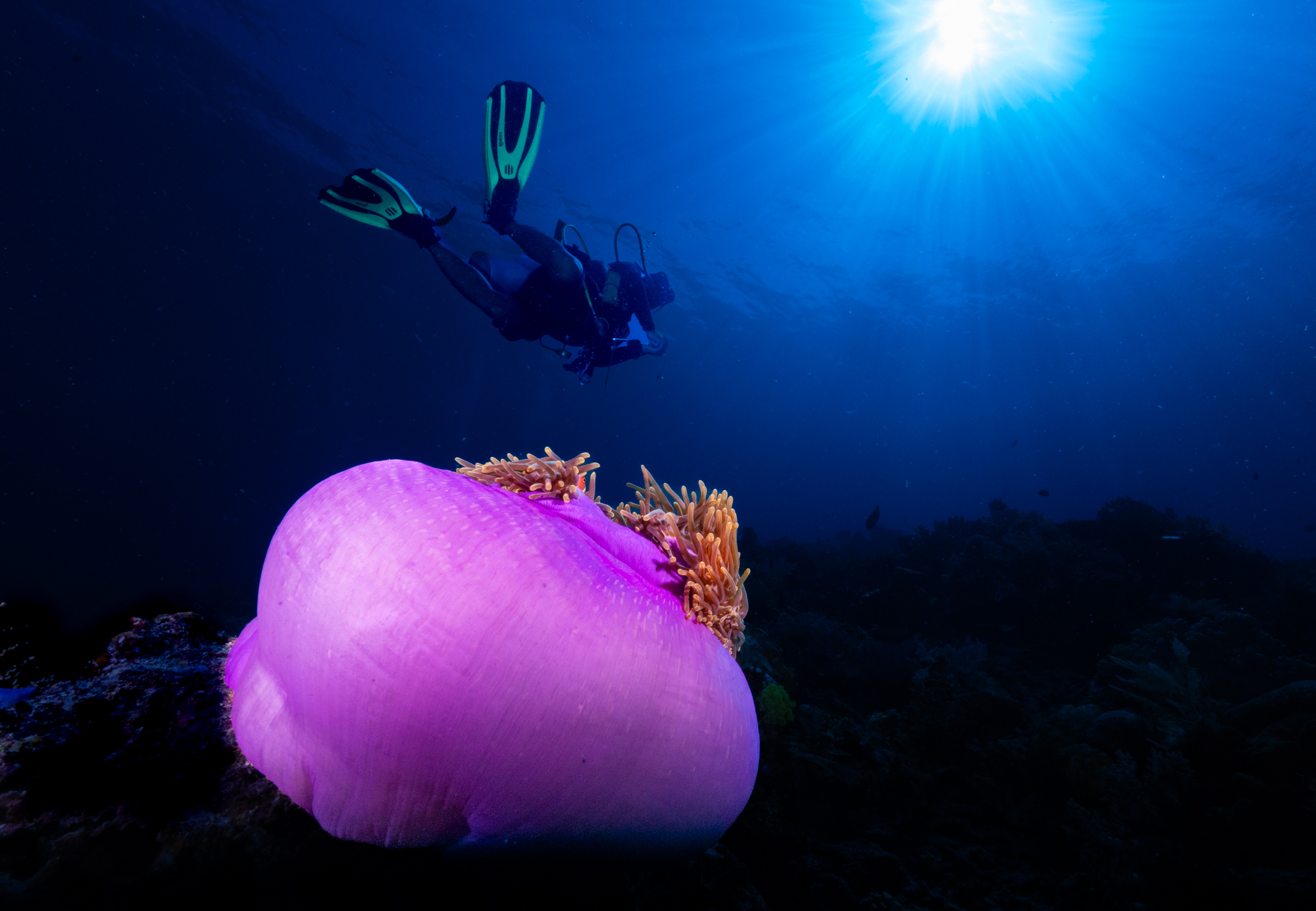
And don’t think versatility is a bad thing. Take the example of a diver who goes in with a fisheye lens, hoping the sharks will come close for really amazing photos – but they only came within 4m. And there was a school of 8 hammerheads swimming by about 6m away as well. The diver with the fisheye got absolutely nothing – on the other hand, the diver with compact camera got very decent photos of the tiger sharks and usable footage of the hammerheads swimming by as well (this story, sadly, is not hypothetical).
That actually leads into what your goals are with photography – do you want to take a lot of nice shots or try to go for a few great ones? My goal on each photography trip is to get maybe 5-10 excellent shots and if I am lucky, maybe 1-2 which push the limits of my own skills/abilities. And I don’t enter competitions or such, so I shoot entirely what I enjoy. And that drives how I approach my photography – eg, I spent a good 5-6 minutes fighting a really strong current to get the photo above, and it is one of my favourites from a trip to Komodo.
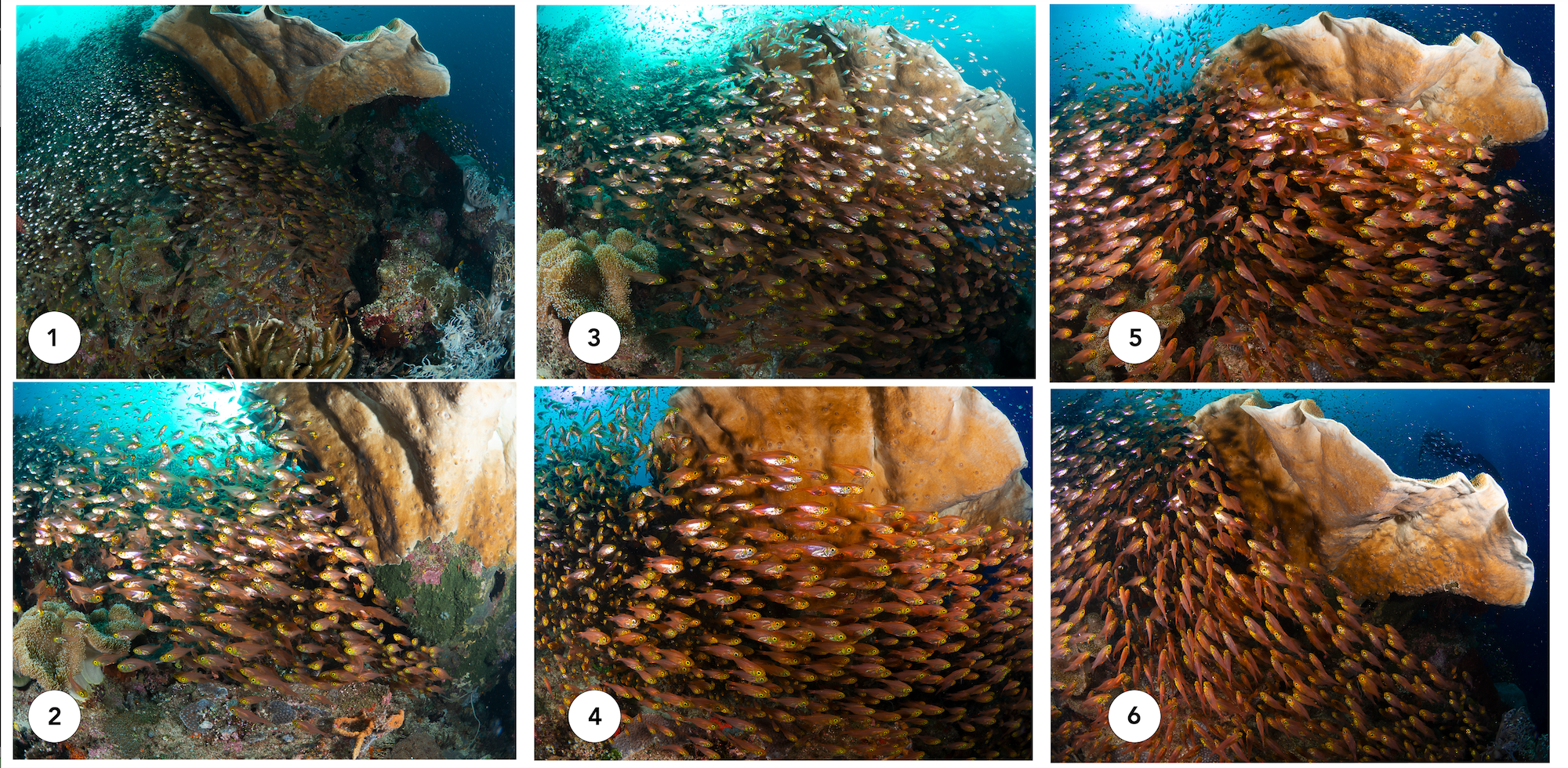
I took around 200 shots over 15+ minutes in this single location to get a photo that I was happy with. You can see the evolution in images from my very first shot, all the way to the final image below:
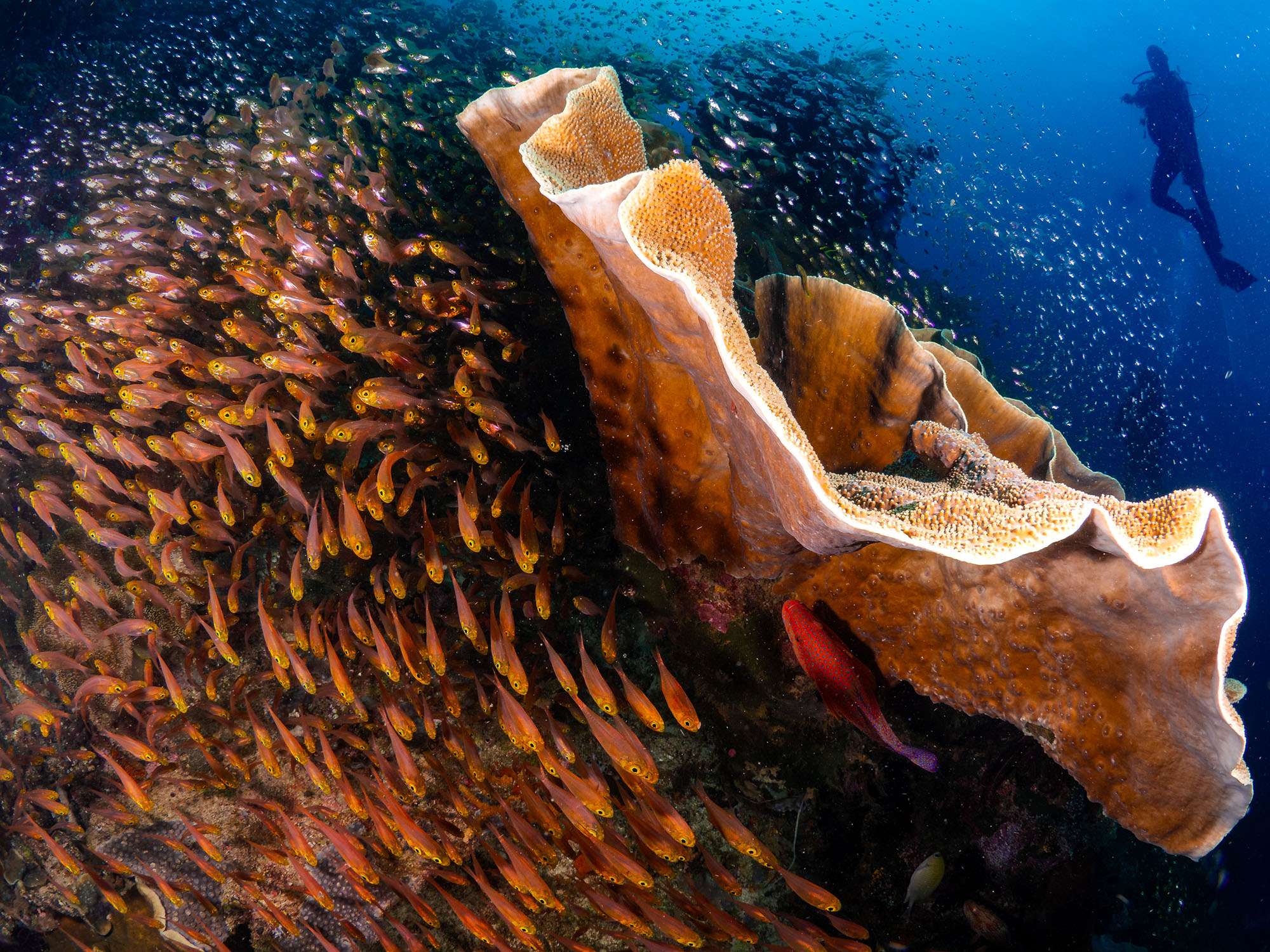
If you are not willing to or able to spend this type of effort, for whatever reason – you want to do a wider documentation of all the cool stuff you saw on the trip, you want a larger collection of decent images as opposed to a few great ones, you have a diving buddy who isn’t willing to wait around, etc – then there is no point getting an ILC system. In this scenario, you won’t need or be able to take advantage of the incremental benefits they offers, whereas a compact camera system would let you get a wider range of photos, including that photo of the hammerheads swimming by.
PRACTICAL CONSIDERATIONS
There are also some real world practical considerations with ILC systems.
To start with, they are HEAVY. MY carry-on bag is 14kg just with camera gear and I live in mortal dread that some airline staff will ask to weigh the bag.
Second, they add significant complications in the water. The buoyancy part can be adjusted with float arms, but until you get it right, it will throw off your trim. Then, the simply act of pushing the big rig around adds a lot of drag and will cause your air consumption to go up (mine goes up by about 30% with a housing). It requires both your hands to operate and also add a lot of task loading – there is a reason photographers are significantly more likely to accidentally go into deco, get separated from the group or run perilously low on air. All of this requires your diving skills to be absolutely on point – both for your own safety and for the safety of the coral reef from your appendages.
Third, there is the minor matter of expense. Is the incremental benefit in image quality worth the 5x or more multiple you would pay in price?
IMAGE QUALITY
You will note that until now, I have not really discussed image quality that much – in other words, the technical differences in resolution, sharpness, contrast, dynamic range, noise, etc. That is because these differences are subsumed in the above discussion – ie, your goals re photography – and the short version is that these differences only start to become relevant in wide angle photography of subjects with lots of details (and how much of this is due to the camera itself vs the superior optics of the port system, I can’t say).
Underwater, the differences is sensor quality become more apparent in lower light and with greater distance between the camera and the subject – compact camera quality drops a lot more quickly than that of ILCs. But here’s the thing: the quality of images taken with ILCs also drops below what I would consider a portfolio grade image, in terms of sharpness/resolution/etc.
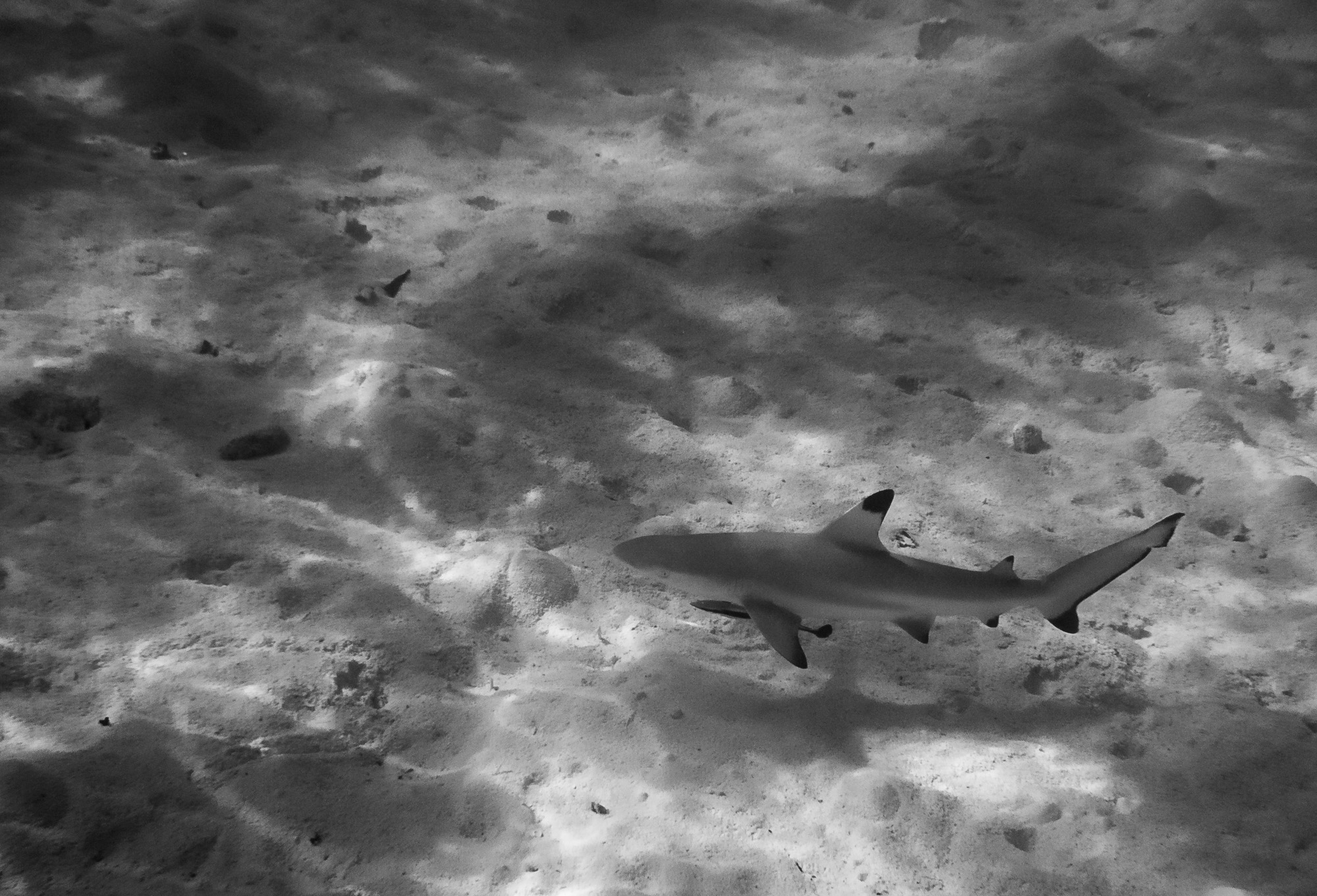
That being said, dont underestimate the quality you can get from a compact camera – the shot above was taken with a TG5 in Raja Ampat, from a few meters away in natural light. It may not be the best technically, but I quite like the mood and ambience of the shot.
To be clear, however, I am not a pixel peeper, and I think instead of wondering whether camera A is sharper than camera B, people should ask if the sharpness is sufficient for their needs: and in most cases, the answer is “yes”. And I have yet to see a single quality image where I have gone “oh, this image would look better if it had better corner sharpness or was shot on a different lens”.
There are lots of people who would disagree with this, and that is fine.
SUMMARY
So there you have it – all the detail you didn’t know you wanted to know about ILCs vs compact cameras.
In the end, as a general rule of thumb, this is how I see it: ILCs are for photographers who happen to be on scuba. Compact cameras are for scuba divers who want to take photographs.
